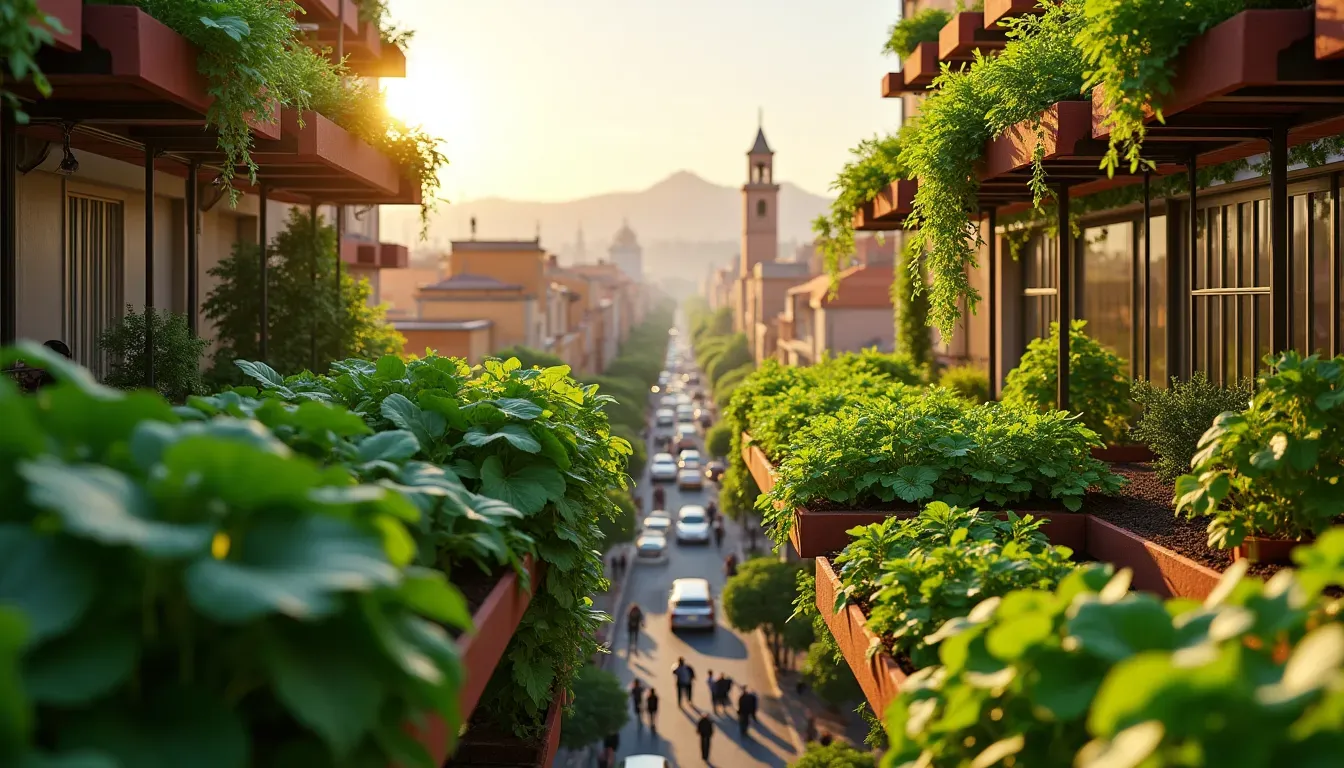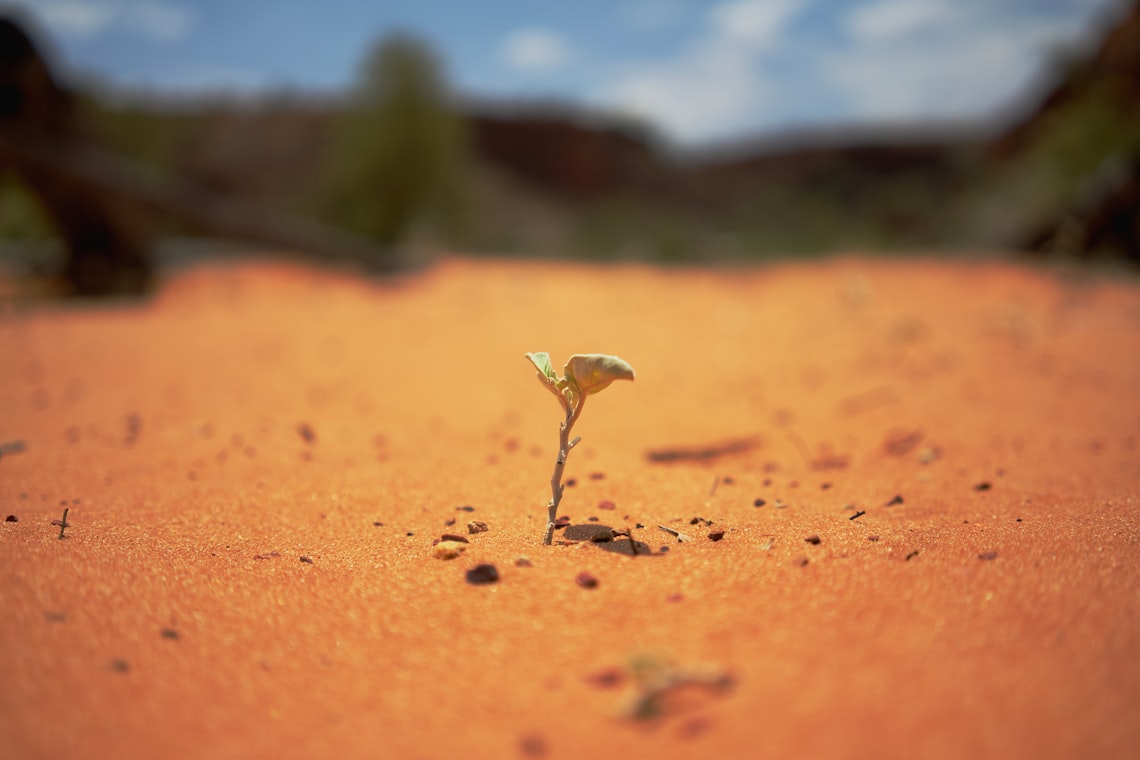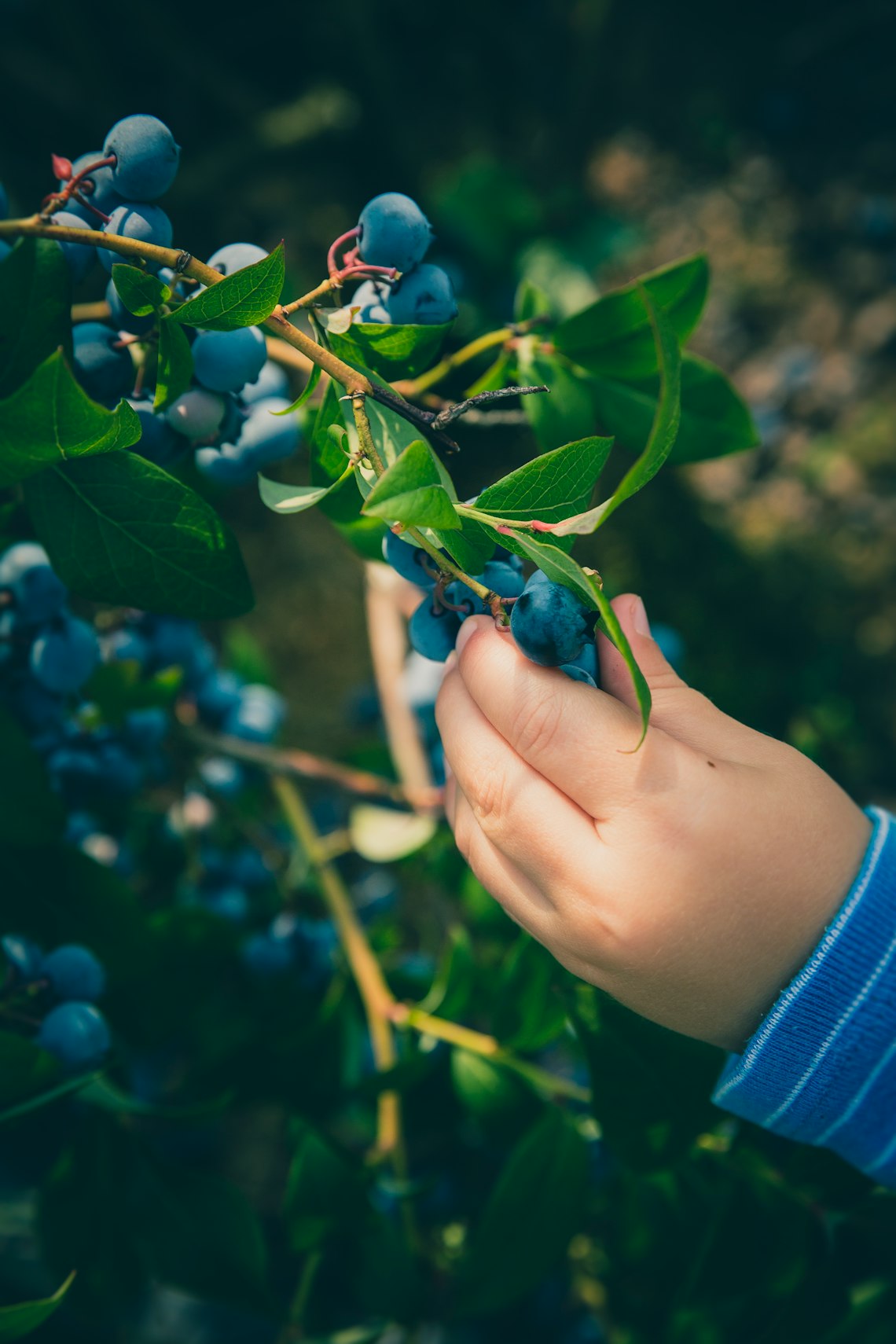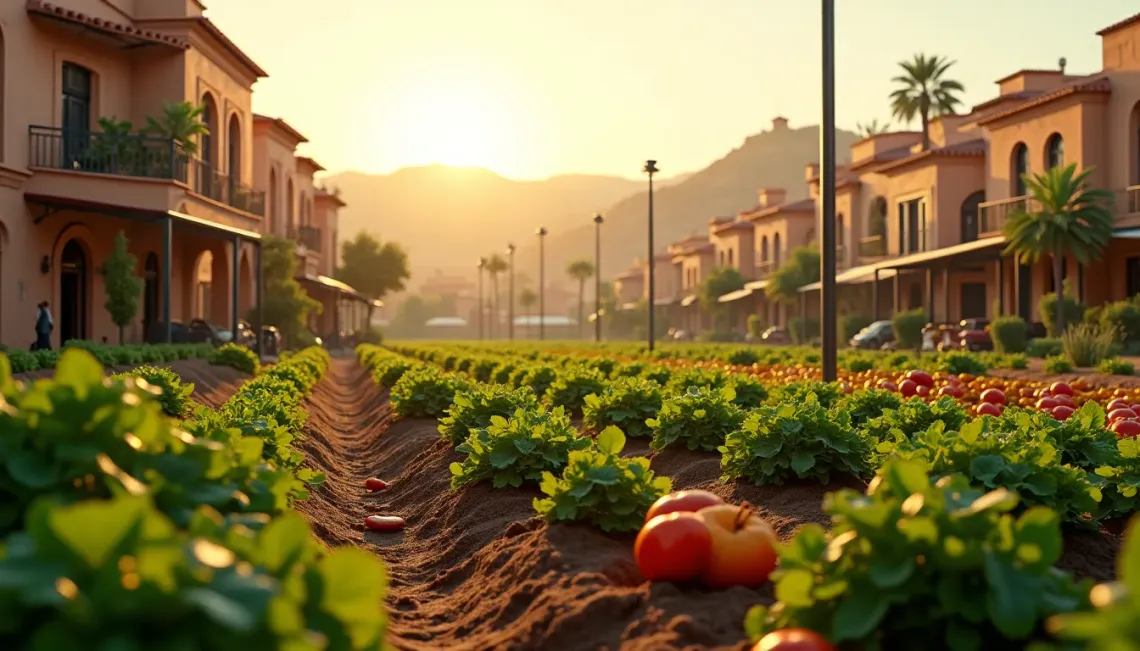Urban farming has emerged as a pivotal movement in Moroccan cities, breathing life into sustainable agriculture practices and transforming urban landscapes with innovative methods. As the demand for fresh, locally sourced produce grows, urban farming offers cities like Casablanca, Rabat, and Marrakesh a sustainable solution that addresses food security, reduces carbon footprints, and connects communities.
Embracing Rooftop Gardens in Moroccan Cities
One of the most popular urban farming techniques thriving in Moroccan cities is the development of rooftop gardens. These green spaces are a practical response to limited ground space and provide a myriad of benefits. By utilizing rooftops, residents are turning unused spaces into productive gardens, growing vegetables and herbs in an eco-friendly manner. Rooftop gardens help in moderating indoor temperatures, reducing energy costs, and even improving air quality. They are a testament to the ingenuity in urban farming and the drive towards sustainable agriculture.
Benefits of Rooftop Gardens
- Optimizes urban spaces
- Improves city air quality
- Reduces household energy usage
Community Gardening: Strengthening Social Ties
Community gardening has gained momentum in Moroccan urban centers, fostering social interactions and cooperation. These shared spaces allow residents to cultivate organic produce collaboratively, fostering a sense of community and shared responsibility. Community gardening also serves as a platform for educational activities, teaching urban dwellers about sustainable agriculture practices and the significance of food security.
The impact of community gardening extends beyond mere food production. It influences community dynamics positively by enhancing social bonds, reducing crime rates, and promoting inclusivity. Moreover, it encourages the cultivation of traditional Moroccan crops, thus preserving cultural agricultural practices.
Vertical Farming’s Role in Urban Agriculture
Another innovative urban farming method flourishing in Moroccan cities is vertical farming. This technique maximizes limited space by growing crops in vertically stacked layers, often integrated with controlled-environment agriculture technologies. Vertical farming optimizes water usage, reduces the need for pesticides, and can produce higher yields year-round compared to traditional farming methods.
Key Advantages of Vertical Farming
- Efficient use of urban spaces
- Consistent, year-round crop yields
- Reduced water and pesticide use
The rise of vertical farming represents a significant step towards sustainable agriculture practices, providing Moroccan cities with a resilient solution for future food production challenges.
For additional insights into modern agriculture, the role of hydroponic systems and their integration into urban settings is worth exploring.
Innovative Approaches to Sustainable Agriculture
Urban farming in Moroccan cities is characterized by a blend of traditional methods and modern innovations. Greenhouses, hydroponics, and aquaponics are some techniques increasingly incorporated into urban areas, allowing for sustainable agriculture in both small and large scales. These approaches not only conserve resources but also facilitate the adaptive reuse of urban settings, enhancing local biodiversity and food availability.
Exploring topics like sustainable food systems can offer further understanding of how urban farming integrates into broader ecological goals.
In conclusion, urban farming is not just a trend but a necessary evolution towards sustainable agriculture in Moroccan cities. Through rooftop gardens, community gardening, and vertical farming, Moroccan cities are setting powerful examples of how urban agriculture can thrive, bringing significant ecological, economic, and social benefits to urban dwellers. As these techniques continue to develop, they pave the way for a healthier, more sustainable urban environment.




